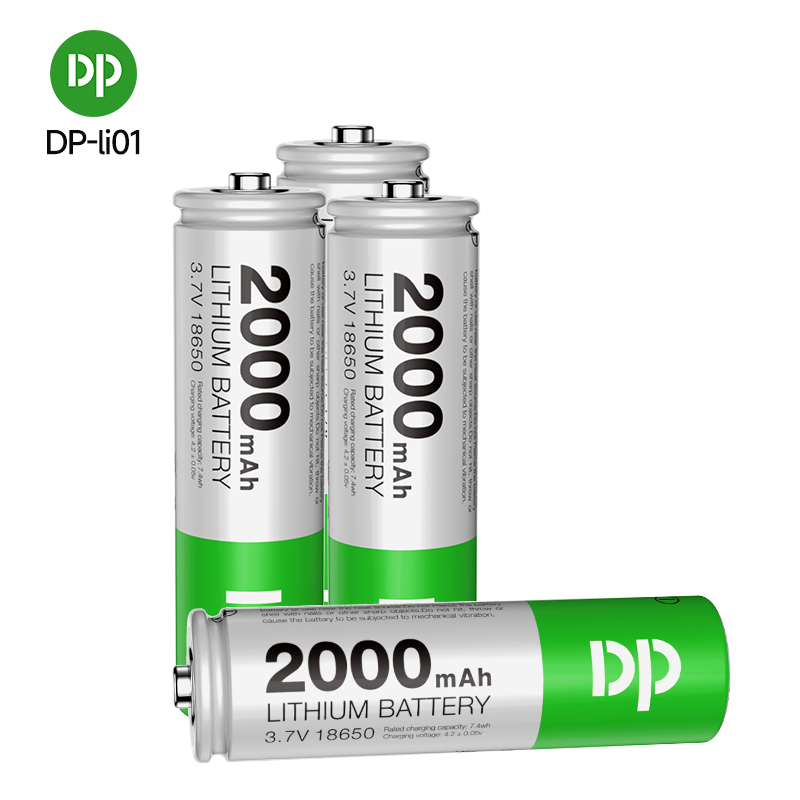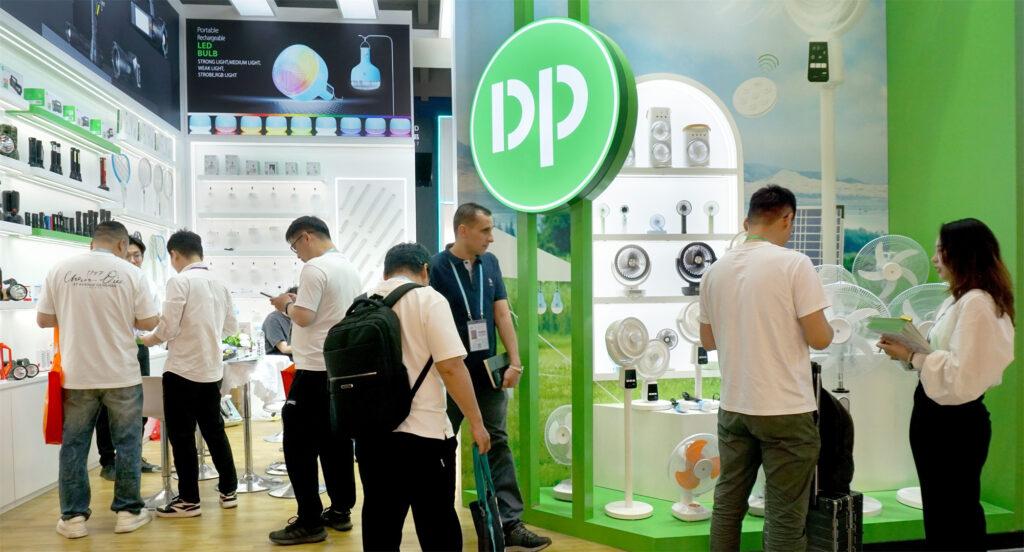Have you ever wondered what powers your laptop, flashlight, or even some electric vehicles? Chances are, an 18650 Li-ion battery might be at work. But what exactly is an 18650 Li-ion battery?
The 18650 Li-ion battery is a cylindrical lithium-ion battery. The name “18650” comes from its dimensions: 18mm in diameter and 65mm in length. These batteries have become incredibly popular due to their high energy storage capacity and rechargeability.
Working Principles
To understand how these batteries work, we need to look at the chemical reactions that take place inside them.
Chemical Reactions
The heart of an 18650 Li-ion battery lies in the chemical reactions that occur between the anode and the cathode.
Anode Reactions:
The anode is typically made of graphite. During the charging process, lithium ions are intercalated into the graphite layers. When the battery discharges, these lithium ions are de-intercalated and move towards the cathode.
Cathode Reactions:
The cathode is usually made of metal oxides such as lithium cobalt oxide (LiCoO₂). As lithium ions move from the anode to the cathode during discharge, they react with the cathode material, releasing electrical energy.
Charge and Discharge Cycles
A charge cycle starts when you plug in your device to charge the battery. As the battery charges, lithium ions move from the cathode to the anode. When you use your device, the battery discharges, and the lithium ions flow back to the cathode. Each time this cycle repeats, it slightly degrades the battery’s performance over time.
Advantages of 18650 Li-ion Batteries
There are several reasons why 18650 Li-ion batteries are so widely used.
High Energy Density
One of the biggest advantages of 18650 Li-ion batteries is their high energy density. This means they can store a large amount of energy in a relatively small and lightweight package. For example, compared to traditional nickel-cadmium batteries, 18650 Li-ion batteries can store up to three times more energy per unit volume.
Long Lifespan
These batteries also have a relatively long lifespan. They can typically endure hundreds of charge-discharge cycles before their performance starts to degrade significantly. This makes them a cost-effective choice in the long run.
Low Self-Discharge Rate
Unlike some other types of batteries, 18650 Li-ion batteries have a low self-discharge rate. This means they can hold their charge for a long time when not in use. So, if you have a spare battery sitting on the shelf, you don’t have to worry about it losing its charge quickly.
Disadvantages of 18650 Li-ion Batteries
However, no technology is perfect, and 18650 Li-ion batteries have their drawbacks too.
Safety Concerns
One of the main concerns with 18650 Li-ion batteries is safety. If these batteries are overcharged, over-discharged, or exposed to high temperatures, they can be prone to thermal runaway, which can lead to fires or explosions. That’s why most devices that use these batteries have built-in safety circuits to prevent such incidents.
Cost
Another disadvantage is the cost. 18650 Li-ion batteries are generally more expensive to produce than some other types of batteries. This can make the end-products that use these batteries more costly for consumers.
Applications
The 18650 Li-ion battery has found its way into a wide range of applications:
Consumer Electronics
In consumer electronics, these batteries are everywhere. They power laptops, smartphones, flashlights, and even portable power banks. Their high energy density and rechargeability make them ideal for these types of devices, which require a lot of power in a small form factor.
Electric Vehicles
Electric vehicles (EVs) also rely heavily on 18650 Li-ion batteries. These batteries provide the high energy needed to power the vehicle for long distances. Tesla, for example, was one of the first companies to use 18650 Li-ion batteries in their electric cars, which helped to popularize this technology in the automotive industry.
Renewable Energy Storage
With the growing popularity of renewable energy sources like solar and wind, there is a need for efficient energy storage solutions. 18650 Li-ion batteries can be used to store the energy generated by these renewable sources. This stored energy can then be used when the sun isn’t shining or the wind isn’t blowing.
Future Trends
The future looks bright for 18650 Li-ion batteries.
Technological Improvements
Researchers are constantly working on improving the performance of these batteries. They are looking for ways to increase the energy density even further, reduce the cost of production, and improve the safety features. For example, new cathode materials are being developed that could potentially increase the battery’s capacity and lifespan.
Market Growth
As the demand for portable electronics, electric vehicles, and renewable energy storage continues to grow, the market for 18650 Li-ion batteries is also expected to expand. This growth will likely lead to more competition among manufacturers, which could drive down prices and spur further innovation.
Conclusion
In conclusion, the 18650 Li-ion battery is a remarkable piece of technology with a wide range of applications. Its high energy density, long lifespan, and low self-discharge rate make it a popular choice for many devices. However, safety concerns and cost are still challenges that need to be addressed. With ongoing technological improvements and market growth, we can expect to see even more exciting developments in the world of 18650 Li-ion batteries in the future.
FAQs
Q1: Are 18650 Li-ion batteries safe to use at home?
A1: Generally, they are safe if used properly. Make sure to use a charger designed for 18650 Li-ion batteries and avoid overcharging or over-discharging. Also, store them in a cool, dry place.
Q2: How can I tell if my 18650 Li-ion battery is going bad?
A2: If the battery doesn’t hold a charge as long as it used to, or if it gets unusually hot during charging or use, it might be going bad. You may also notice a decrease in the device’s performance when using the battery.
Q3: Can I use an 18650 Li-ion battery in any device that requires a battery?
A3: No, you need to make sure the device is compatible with 18650 Li-ion batteries. Different devices have different voltage and current requirements, so using an incompatible battery can damage the device or pose a safety risk.
Q4: How long does it take to charge an 18650 Li-ion battery?
A4: The charging time depends on the charger’s output current and the battery’s capacity. A typical 18650 Li-ion battery with a capacity of around 3000mAh might take 2-4 hours to charge using a standard charger.
Q5: What should I do with old 18650 Li-ion batteries?
A5: Don’t just throw them in the trash. Many recycling centers accept lithium-ion batteries. You can also check with the manufacturer of the device that used the battery to see if they offer a recycling program.
Why Choose Us?
Guangdong DP CO., LTD. was founded in 2002. With constant pursuit in high quality and innovation and the possession of over 700 patents, DP has become a leading brand in this field both at home and abroad. Our products include:
Rechargeable Fans, Rechargeble Bulbs, Flashlights Torches, LED Emergency Lights, LED Searchlights, LED Camping lanterns, LED Headlamps, Electric Mosquito Swatters, Solar Lighting Systems, Portable Power Stations, etc.
Export Market Distribution
North America, South America, Eastern Europe, Southeast Asia, Africa, Mid East, Eastern Asia, Northern Europe, South Asia, and so on.




